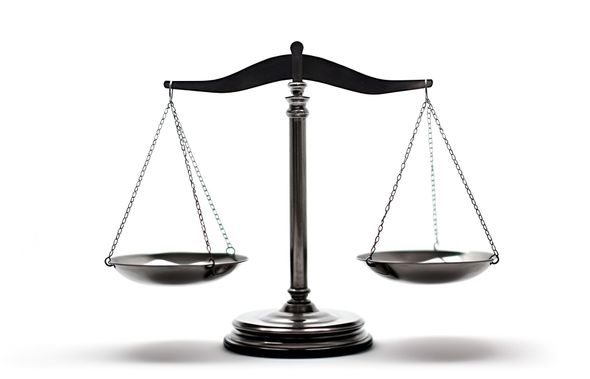EMPLOYMENT LAWYER serving california residents
As an employee, you have a wealth of rights in terms of your wages and the way you are treated while working. Know your rights by having a qualified employment lawyer on your side during a dispute. Whether you are experiencing unsatisfactory conditions in the workplace, have been wrongly terminated or you have an unpaid wages dispute, the team at Employee Law Group
will ensure that your case is fought with the utmost determination. In addition, we leverage cutting-edge AI tools and text platforms to increase efficiency, results, and client service.

Practice Areas
top employment law services in Torrance, CA and Sacramento, CA
Wrongful Termination
Facing a wrongful termination can be overwhelming, but with our expert legal support, we'll work to right the wrongs and restore your professional standing.
Sexual Harassment
Harassment has no place in the workplace; we're committed to providing compassionate, effective advocacy, and steadfast support for victims of harassment, ensuring their voices are heard.
Whistleblowers & Retaliation
Exposing workplace misconduct takes immense bravery; our support ensures your protection while advocating for accountability and integrity in your workplace.
Wage violations
Wage violations involve employers not following labor laws, leading to employees being underpaid or not paid for their work, which breaches both workers' rights and fair compensation standards.
Discrimination
Facing discrimination can be daunting and unjust; our dedicated team provides the expertise to defend your rights and secure the fair treatment you deserve in your workplace.
Negotiation of Severance
Negotiating a fair severance package is critical during times of transition; let Employee Law Group
guide you in securing the compensation and the benefits you deserve.


















